Lunar New Year is the beginning of a new year for Vietnamese people, so there are many customs and taboos that are focused on during Tet.
In the Northern Delta region, there is a proverb, also an ancient custom practiced by people during Tet, which is still passed down to this day, which is "Buy salt at the beginning of the year, buy lime at the end of the year".
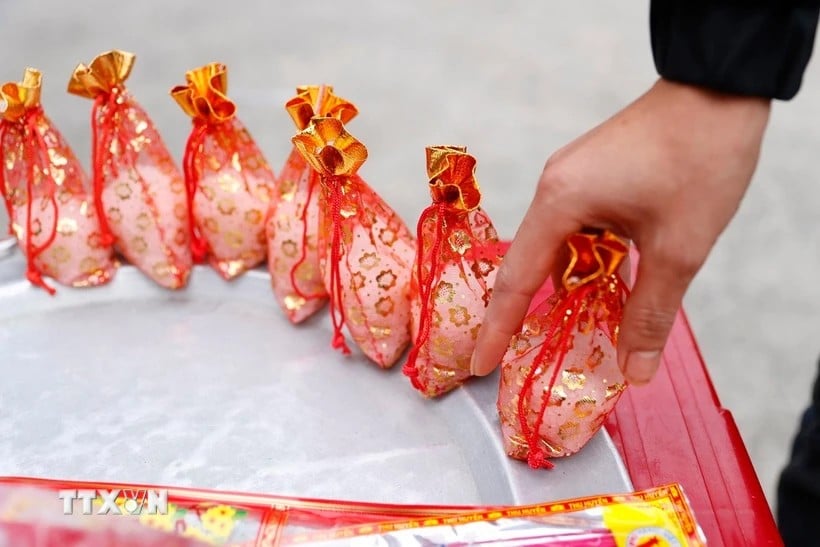 |
| “Buying salt at the beginning of the year”. (Photo: Minh Quyet/VNA) |
These two items are both white in color, but in nature one is a spice, the other is a building material, why are they placed next to each other in the same recommended action space?
The custom of "Buying salt at the beginning of the year and lime at the end of the year" as well as other Tet customs are related to each other and share the same meaning of wishing for a New Year full of luck, a united and harmonious family, and a prosperous and fulfilling life.
The hidden meanings behind this custom of buying lime and salt are also profound philosophies about the lives of our ancestors and remain valuable to this day.
Buy salt at the beginning of the year: Luck, connection and abundance
On the morning of the first day of Tet, almost no one goes out on the streets in the early morning of the New Year except for the salt vendors. Families will buy salt at this time to bring good luck for the whole year.
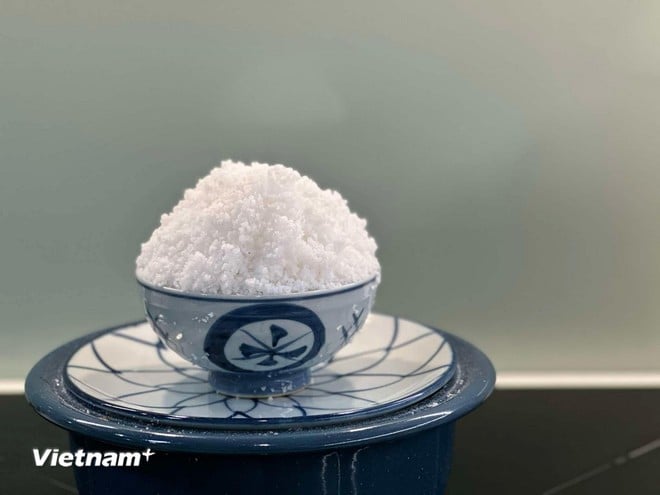 |
| The salt is piled high, symbolizing fullness and abundance. (Photo: Vietnam+) |
Salt is measured in a heap, not leveled, symbolizing abundant and full wealth. In folklore, white, clear salt crystals are positive, symbolizing cleanliness and purity, can fight against filth, ward off evil spirits, help homeowners turn bad luck into good luck, and welcome more luck into their home on New Year's Day.
Salt is also a symbol of good feelings, compared to the warmth and intimacy in family relationships, love between couples, and husband and wife. Buying salt at the beginning of the year is not only to maintain strong family relationships, but also more broadly, wishing for all relationships from relatives, neighbors to friends, business, trading... to be good and favorable.
In real life, salt is an essential spice in everyone's daily meals, no one can live without salt. Therefore, buying salt at the beginning of the year also implies an abundant food supply throughout the year, a prosperous and abundant life.
However, despite the desire to have a lot of food, the ancients still implied in buying salt that one should not waste food but should be frugal, “eat sparingly,” and save money to carry out the action of the second part of the idiom “buy lime at the end of the year” to build a house as well as perform year-end rituals.
Buy lime at the end of the year: Clean up, exorcise evil spirits and build the future
At the end of the year, the dry weather is favorable for building houses, and lime is one of the main materials used in construction. If not building new ones, homeowners must clean and whitewash their houses to make them bright and neat in preparation for Tet.
That is the first meaning of the custom of buying lime at the end of the year.
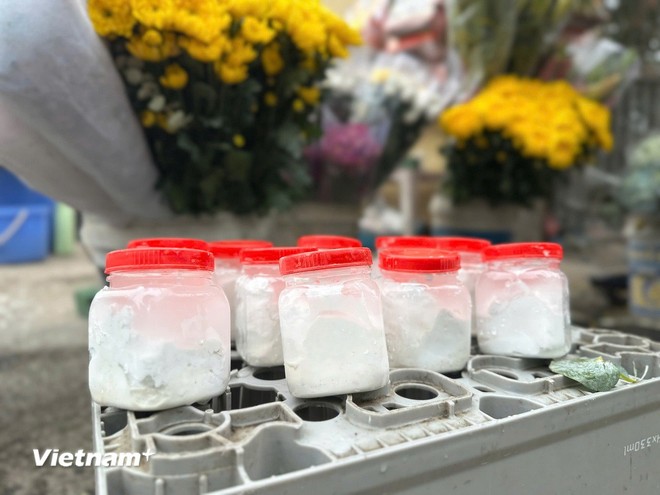 |
| Lime jars are on sale at the end of the year. (Photo: Vietnam+) |
Lime is also related to another ancient custom, which is the erection of a pole during Tet. According to ancient custom, the 23rd day of the 12th lunar month to worship the Kitchen Gods is also the day to erect the Tet pole to drive away evil spirits and misfortunes of the old year, praying for a good New Year, good crops, and national peace and prosperity.
The trunk of the pole is decorated with flags, streamers, lanterns, parallel sentences, clay pots containing lime, and wind chimes. White lime powder is sprinkled at the base to form a circle or to form a bow or arrow pointing towards the gate to ward off evil spirits.
In the book “Vietnamese Festivals and Tet Holidays,” scholar Nguyen Van Huyen said that lime has the effect of exorcising evil spirits and preventing ghosts. Buying lime powder and sprinkling it around the house means driving away ghosts from the family’s territory, and also chasing away the risks and bad luck of the old year.
Lime was also used by the ancient Vietnamese to chew betel. Without lime, betel would not be red, not strong, and the betel would be tasteless, hence the folk song: “With betel, there is bark, no lime/ With blanket, there is mat, no one to sleep with.”
Lime for chewing betel must be lime that has been kept for a long time, so to have "a piece of betel as the beginning of a conversation" when receiving guests coming to wish them a happy new year, the homeowner must buy lime to add to the lime pot during Tet.
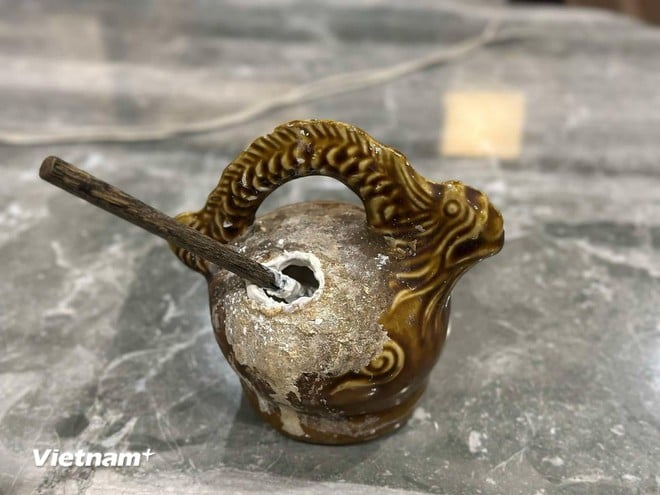 |
| The lime pot was filled with lime before Tet. (Photo: Vietnam+) |
The lime pot is a pot for storing lime for chewing betel, considered a sacred object in the house, so the homeowner must preserve it very carefully, not letting the lime pot lack or run out of lime, which would be like running out of wealth in the house.
However, there is also an idiom “silver is like lime,” so the ancients avoided adding more lime to the lime pot at the beginning of the New Year, but had to feed it enough before Tet.
Following the teachings of the ancients, many generations of Vietnamese people continue to maintain the custom of buying lime and salt at two different times during Tet as a way to ward off bad things, welcome good luck, and welcome wealth and peace for the New Year.
According to Vietnamplus.vn
https://www.vietnamplus.vn/dau-nam-mua-muoi-cuoi-nam-mua-voi-nhung-an-y-cua-nguoi-xua-post1008403.vnp









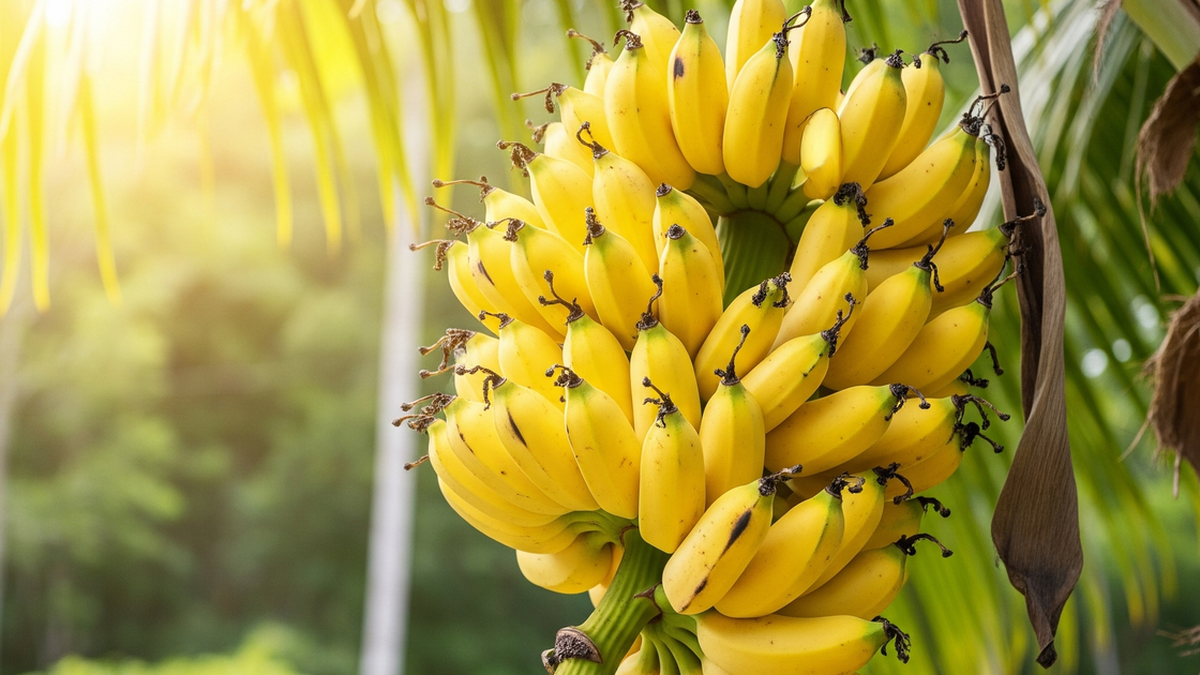





















![[Photo] National Assembly Chairman Tran Thanh Man visits Vietnamese Heroic Mother Ta Thi Tran](https://vphoto.vietnam.vn/thumb/1200x675/vietnam/resource/IMAGE/2025/7/20/765c0bd057dd44ad83ab89fe0255b783)








































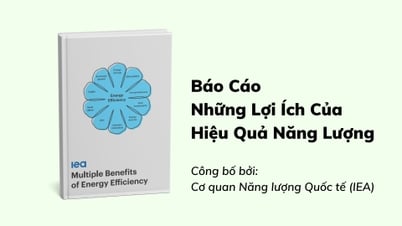

























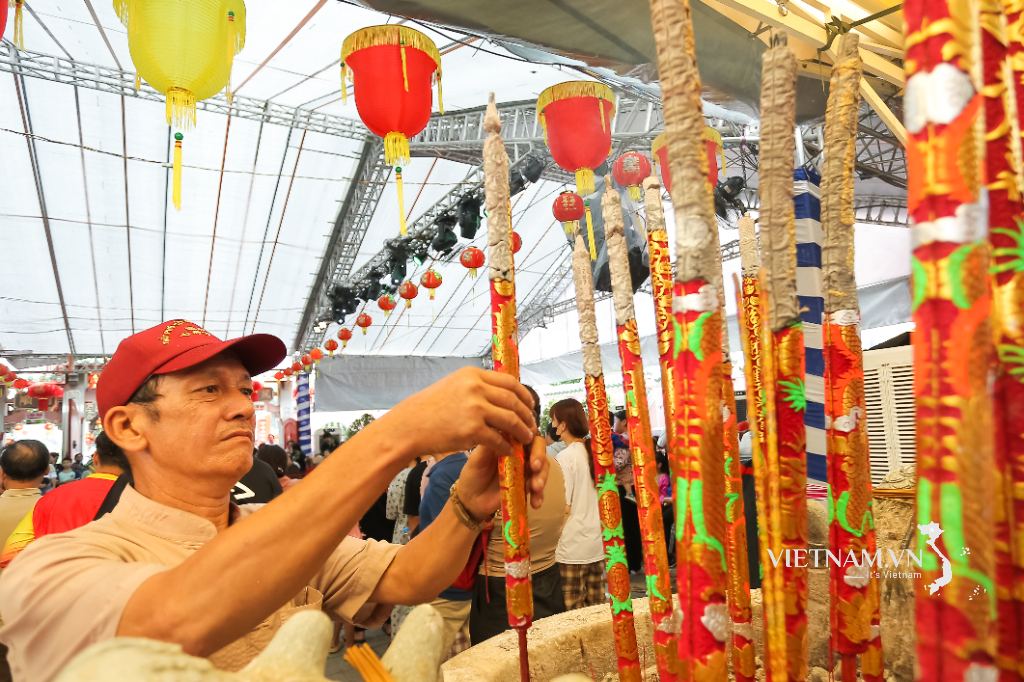


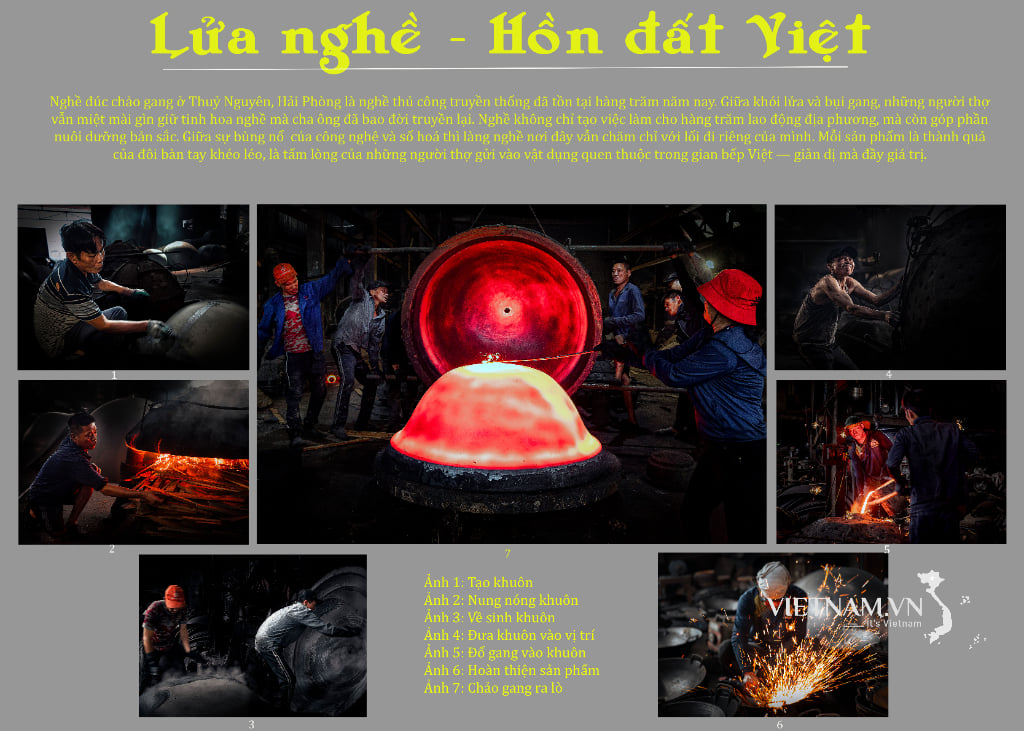
Comment (0)